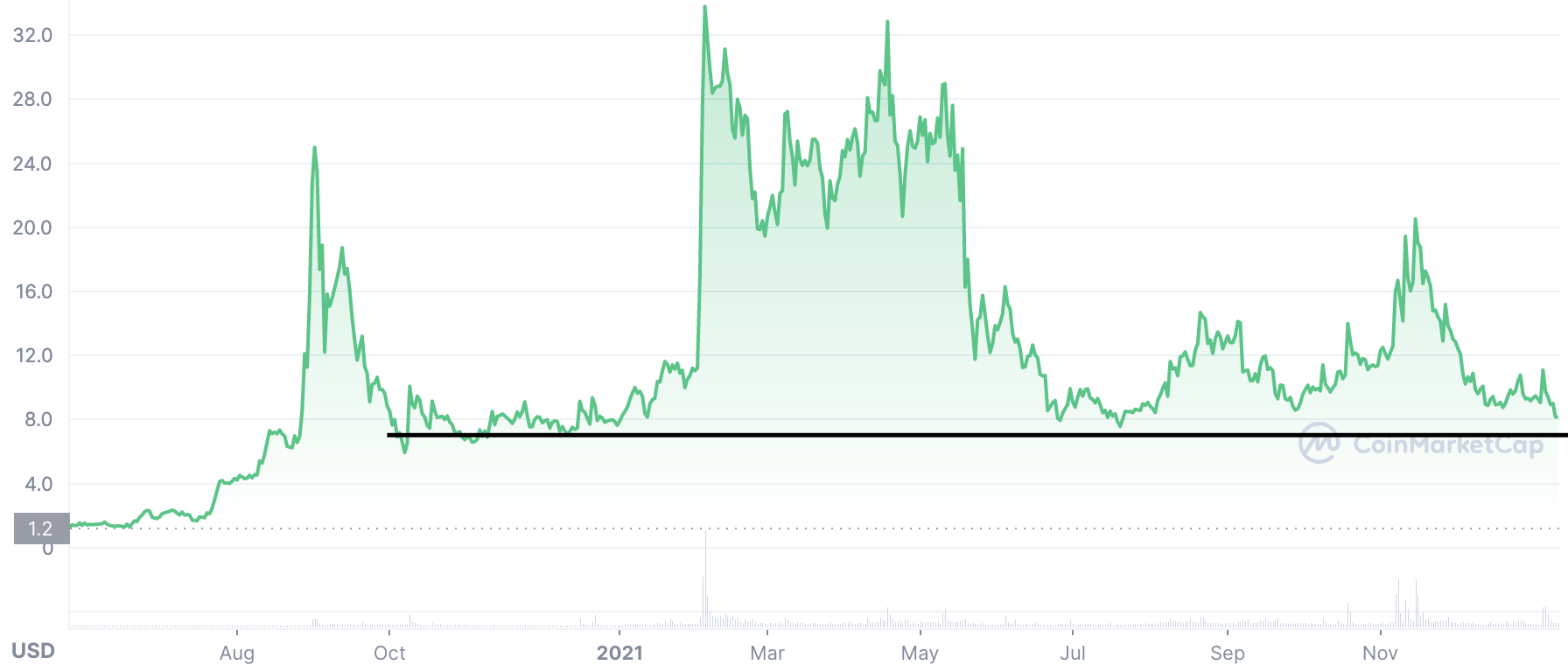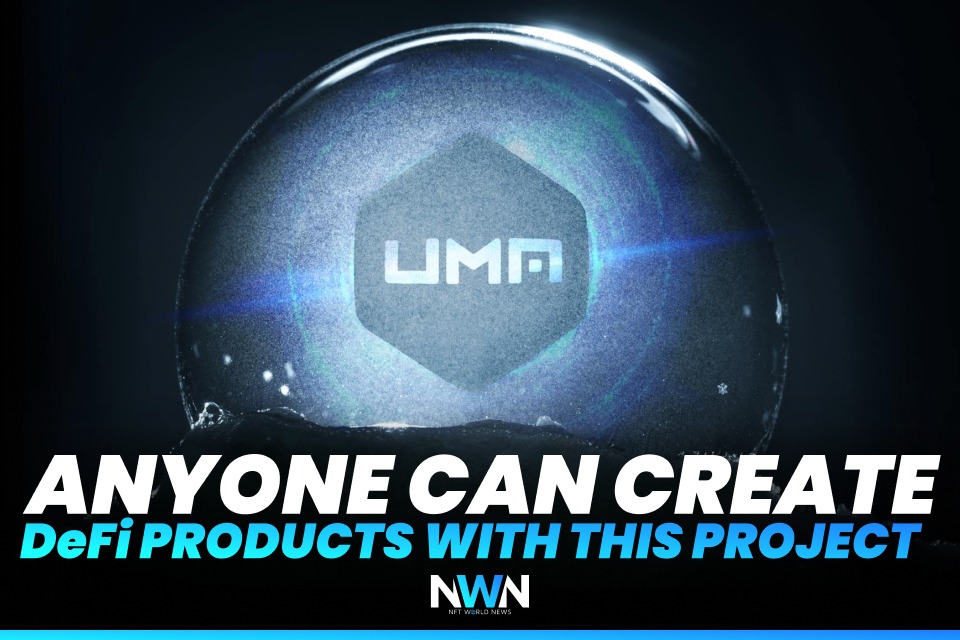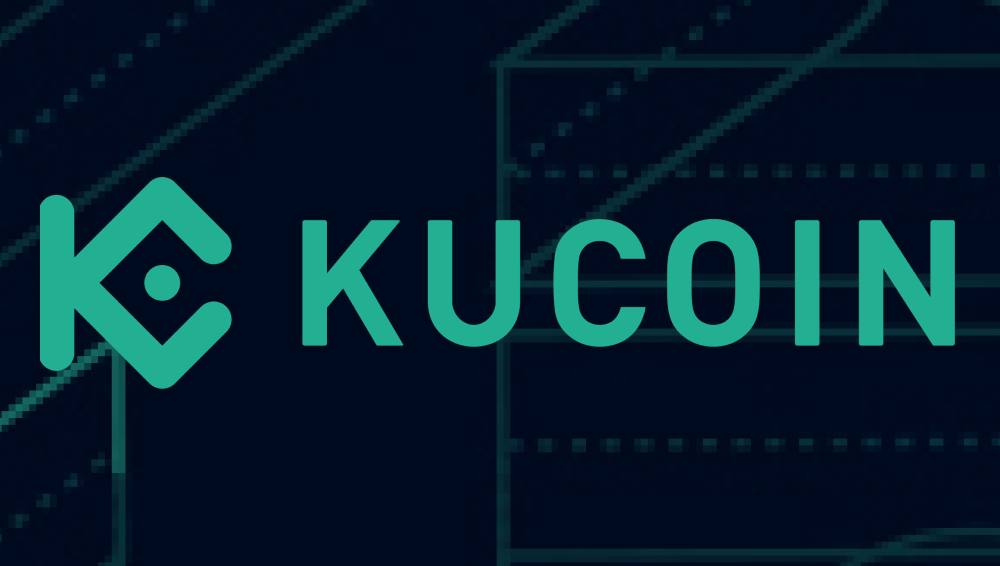Quick Summary
- Universal Market Access (UMA) is a protocol for the creation of synthetic assets based on Ethereum blockchain. In essence, UMA allows counter parties to digitize and automate derivatives like futures, CFDs or swaps.
The world used to be a very centralized place. Since cryptocurrencies were created, everything is changing and a decentralized structure is wanted in almost every industry. It’s necessary and needed. Decentralized Finance (DeFi) is another important part of the whole structure that will grow in its size, and the project UMA has tools to help this industry grow.
you might wanna read this: Boson Protocol Bought Dolce & Gabbana NFT Worth $1 Million
Universal Market Access (UMA) Explained
Universal Market Access (UMA) is a protocol launched in 2018 which is useful for the creation of synthetic assets based on the Ethereum (ETH) blockchain. Synthetic assets are a class of assets that represent different, underlying assets and have the same value. UMA specifically enables its users to design and create self-executing, self-enforcing financial contracts secured by economic incentives and run them on Ethereum’s blockchain.
In essence, UMA allows counterparties to digitize and automate any real-world financial derivatives, such as futures, contracts for differences (CFDs) or total return swaps. It also enables the creation of self-fulfilling derivative contracts based on digital assets, like other cryptos.
The main idea behind Universal Market Access is reflected in its name: by developing a protocol for the creation of synthetic assets and financial contracts on the blockchain, it seeks to democratize and decentralize the financial derivatives market.
The traditional financial markets have high barriers to entry in the form of regulations and custody requirements, which tend to preclude individuals from participating in them. It is often especially difficult for would-be traders and investors to take part in markets outside of their local financial system. This prevents the emergence of a truly inclusive global financial market and limits participation to a handful of institutions that can afford the necessary due diligence and legal procedures.
UMA contracts, on the other hand, are based on Ethereum’s blockchain, whose permissionless nature allows any user to create, run and trade digitized derivatives from anywhere in the world. This accessibility is especially important for the developing economies around the globe, where financial institutions are frequently far from maturity, forcing local market participants into relative isolation.
Token Information (UMA)
As mentioned earlier, UMA has been launched in 2018, however, the tokens’ data are available from May 2020. The cryptocurrency was an instant success and created around 20x return in a matter of months. The token is close to important support in the chart, and we can expect a pullback upwards from there.
UMA has a total supply set at 105,882,572 tokens with 64,999,920 tokens currently in circulation. The token has a $537 million market cap with an 8-digit trading volume and it’s available on the biggest exchanges in the world – Binance, Coinbase, Huobi, KuCoin and more.

Conclusion
UMA has a total value of more than $105 million locked in contracts on UMA and to this day, there are more than 72 projects built on this platform. UMA has clearly created amazing project and it’s pushing DeFi boundaries, however, it needs to attract more people to grow in value over time. It needs more projects built and used on its platform.
more to read
Soliens – Aliens Living On Solana Blockchain
Ultra Realistic Boss Bulls NFTs
NFT World News Social Media: Twitter, Instagram, Telegram, Tiktok, Youtube
sources: umaproject, coinmarketcap
author: Rene Remsik
Disclaimer: This article is provided for informational purposes only. It is not offered or intended to be used as legal, tax, investment, financial, or other advice.
Disclaimer: This article is provided for informational purposes only. It is not offered or intended to be used as legal, tax, investment, financial, or other advice.





